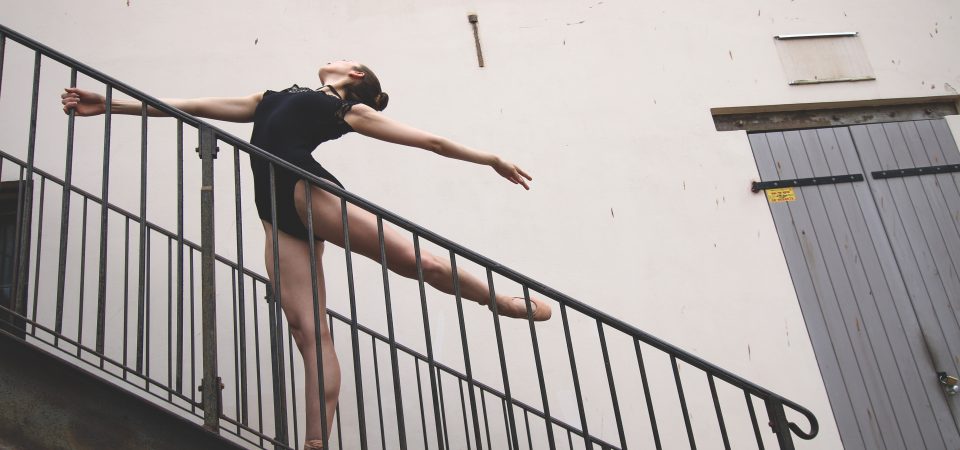Spinal cord injury (SCI) is the injury of the spinal cord which can occur anywhere from head to lower back as a result of compulsion, incision or contusion. The most common causes of SCI in the world are traffic accidents, gunshot injuries, knife injuries, falls and sports injuries. There is a strong relationship between functional status and whether the injury is complete or not complete, as well as the level of the injury.
The results of SCI bring not only damage to independence and physical function, but also include many complications from the injury. Neurogenic bladder and bowel, urinary tract infections, pressure ulcers, orthostatic hypotension, fractures, deep vein thrombosis, spasticity, pulmonary and cardiovascular problems, and depressive disorders are frequent complications after SCI.
SCI leads to serious disability in the patient resulting in the loss of work, which brings psychosocial and economic problems. The treatment and rehabilitation period is long, expensive and exhausting in SCI. Whether complete or incomplete, SCI rehabilitation is a long process that requires patience and motivation of the patient and relatives. Early rehabilitation is important to prevent joint contractures and the loss of muscle strength, conservation of bone density, and to ensure normal functioning of the respiratory and digestive system. An interdisciplinary approach is essential in rehabilitation in SCI, as in the other types of rehabilitation. The team is led by a physiatrist and consists of the patients’ family, physiotherapist, occupational therapist, dietician, psychologist, speech therapist, social worker and other consultant specialists is often necessary.
A recent technological breakthrough has allowed patients with SCI to expedite the lifestyle improvement process. Without the KeegoTM device, patients with SCI had a difficult time moving their legs, had to stop when taking stairs from exhaustion, had a difficult time picking up objects from the floor, exerted strenuous effort, when getting up from a chair to walk down the hall. These same patients wearing a KeegoTM device were able to achieve much more fluid movement patterns during several clinical trials. These same patients were able to move quicker from one location to another, were able to promptly walk up or down the stairs, picked up objects from the floor with little effort, and were able to easily sit down, and get up from the seat without propping themselves up with their hands.


Leave a Comment